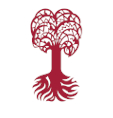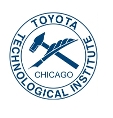From all 29 test sequences, our benchmark computes the commonly used tracking metrics (adapted for the segmentation case): CLEARMOT, MT/PT/ML, identity switches, and fragmentations [1,2].
The tables below show all of these metrics.
| Benchmark |
sMOTSA |
MOTSA |
MOTSP |
MODSA |
MODSP |
| CAR |
75.00 % |
84.10 % |
89.30 % |
84.70 % |
91.70 % |
| PEDESTRIAN |
0.00 % |
0.00 % |
0.00 % |
0.00 % |
0.00 % |
| Benchmark |
recall |
precision |
F1 |
TP |
FP |
FN |
FAR |
#objects |
#trajectories |
| CAR |
85.50 % |
99.10 % |
91.80 % |
31418 |
295 |
5342 |
2.70 % |
36439 |
770 |
| PEDESTRIAN |
0.00 % |
0.00 % |
0.00 % |
0 |
0 |
0 |
0.00 % |
0 |
0 |
| Benchmark |
MT |
PT |
ML |
IDS |
FRAG |
| CAR |
66.10 % |
27.80 % |
6.20 % |
201 |
572 |
| PEDESTRIAN |
0.00 % |
0.00 % |
0.00 % |
0 |
0 |
This table as LaTeX
|
[1] K. Bernardin, R. Stiefelhagen:
Evaluating Multiple Object Tracking Performance: The CLEAR MOT Metrics. JIVP 2008.
[2] Y. Li, C. Huang, R. Nevatia:
Learning to associate: HybridBoosted multi-target tracker for crowded scene. CVPR 2009.


